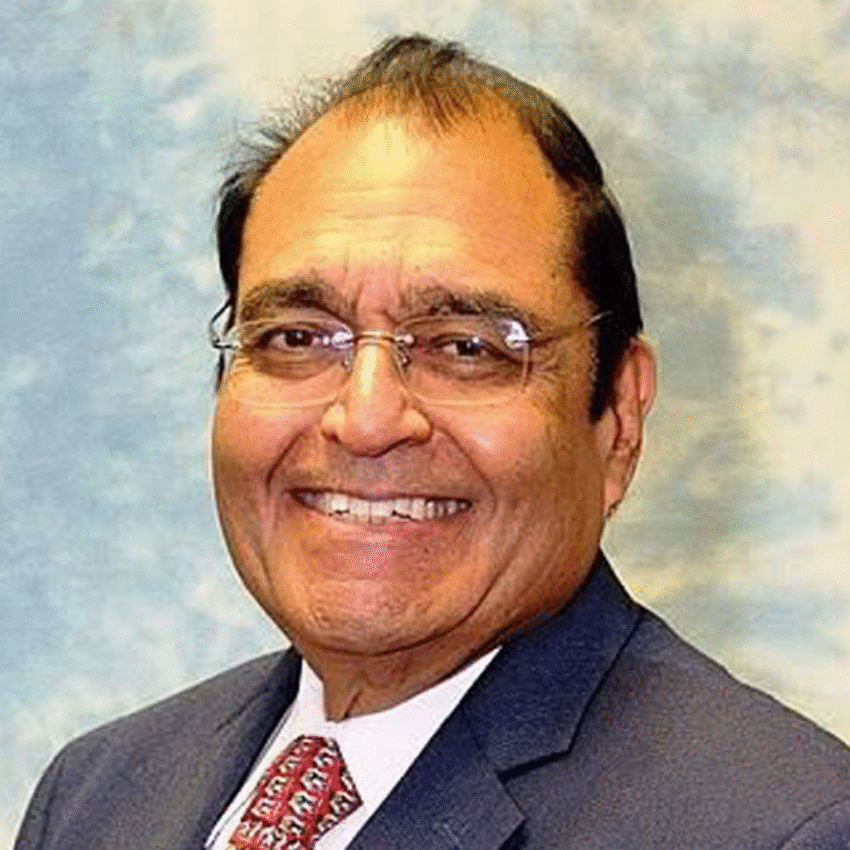
Dr. Navin Nanda, former AAPI President and Incorporator, is renowned for his pioneering contributions in adult echocardiography but what is less well known he is also a pioneer in pediatric and fetal echocardiography.
Recently, the Dr. Navin Nanda Echocardiographic and Vascular Training Academy established in the Philippines. took in its inaugural class of students.
The Academy was established by Dr. Arnold Pasia from Philippines who worked as a trainee under Dr. Navin Nanda. Dr. Pasia also named his son who was born in Birmingham, Alabama during his training, as Navin Pasia out of respect for Dr. Navin Nanda. The son, Navin Pasia recently graduated in medicine in the Philippines.

Considered as ‘Father of Echocardiography/Modern Echocardiography” by over 70 prestigious institutions around the world Dr. Nanda was recently featured in the American Society of Echocardiography Magazine in an article titled “Fifty Years of Progress in Pediatric and Congenital Echocardiography: From Those Who Started It All.”
He was recognized for his pioneering contributions in not only pediatric but also fetal echocardiography. The article cited, “Dr. Navin Nanda has been involved in many of the biggest advances in the field of echocardiography over the last 50 years,” a press release from Dr. Nanda quoted.
The discovery and identification of the pulmonary valve by his group in 1972 heralded a new era in pediatric echocardiography. The first outcome was the diagnosis of a deadly congenital heart condition in newborn babies in which the main arteries originating from the heart are located in an abnormal position. Correct and rapid diagnosis by echocardiography resulted in saving lives of these ‘’blue babies’’ since corrective treatment could be instituted in a timely manner.
Another watershed was the identification of congenital bicuspid aortic valve by his group. The first introduction of color Doppler echocardiography in the United States in 1984 in his Laboratory at the University of Alabama in Birmingham represented another revolution in echocardiography. This technique, which shows blood flows in the heart resulted in the detection and severity of leaks from heart valves and shunt lesions in both adults and children.
In 1982, Deb Maulik and Dr. Nanda, for the first time, used pulse Doppler and color Doppler flow imaging as well as three-dimensional echocardiography to identify heart disease in the fetus.
Dr. Nanda’s group also invented treadmill exercise echocardiography, which is extensively used in the assessment of coronary artery disease in adults.
Dr. Nanda is also credited with pioneering the use of echocardiography in cardiac pacing and electrophysiology as well as introducing pulse Doppler echocardiography in mainland China and many newer applications of echocardiography in India. Dr. Nanda and his group, for the first time, clinically introduced and showed the usefulness of three-dimensional transesophageal echocardiography. In this technique, the ultrasound probe is inserted in the food pipe of a patient and this modality is most used and actually essential during many heart surgeries as well as corrective procedures used in the cardiac catheterization laboratory avoiding open heart surgery..
Dr. Nanda has published over 1,000 publications and 13 books on echocardiography and cardiology including the largest book on echocardiography.




